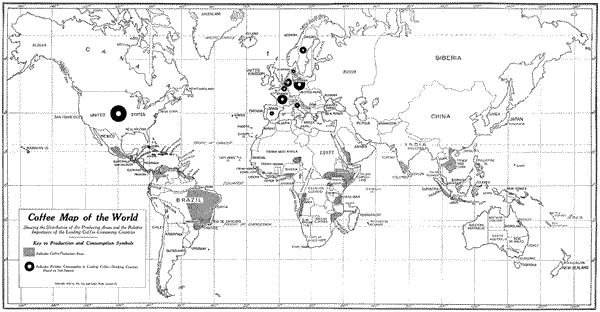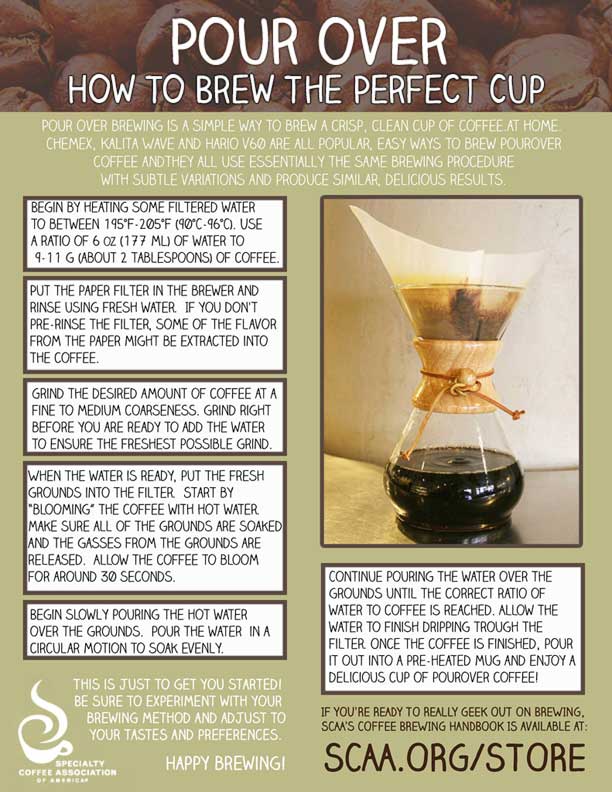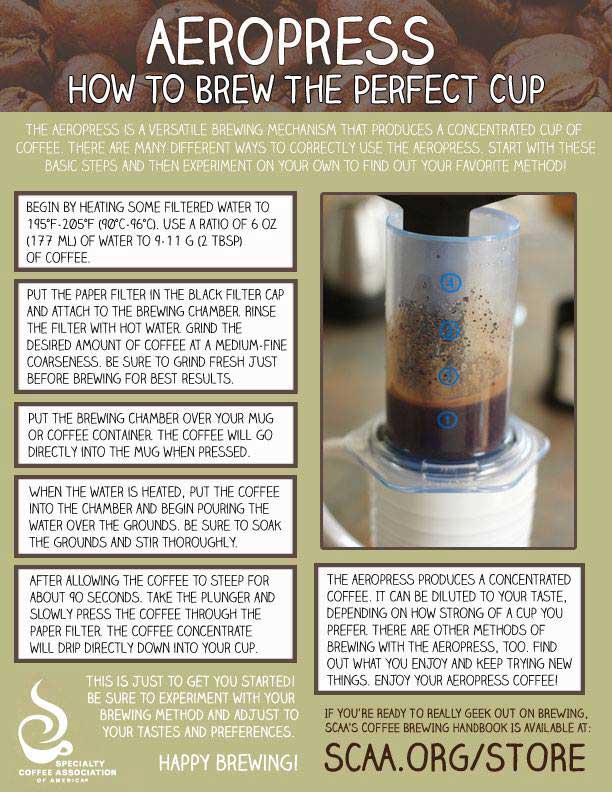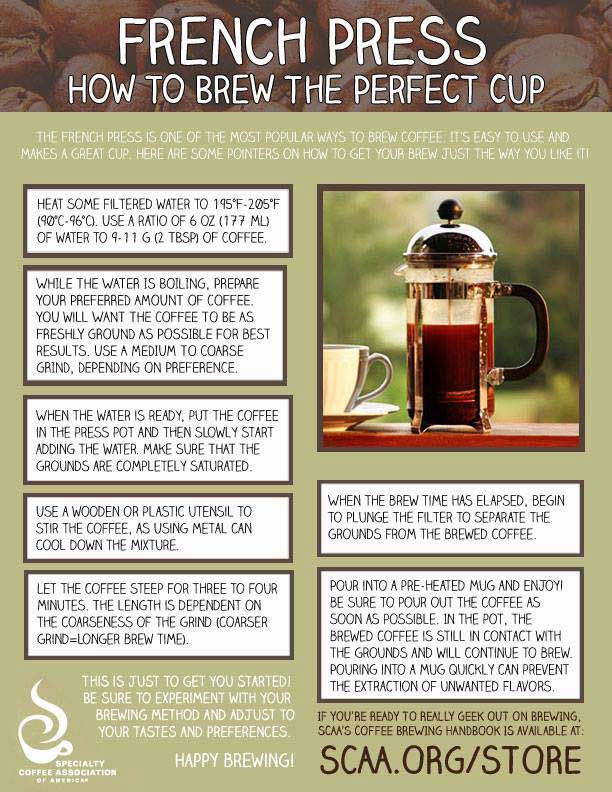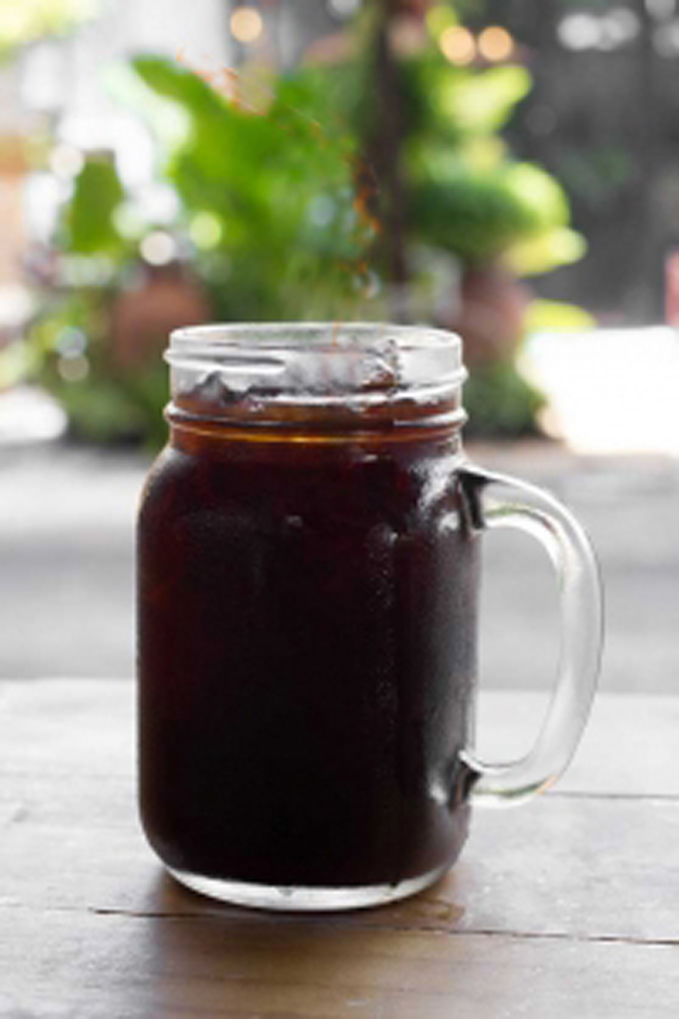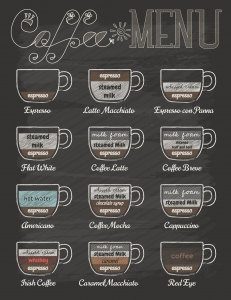
COFFEE BASICS
CHOOSING A COFFEE
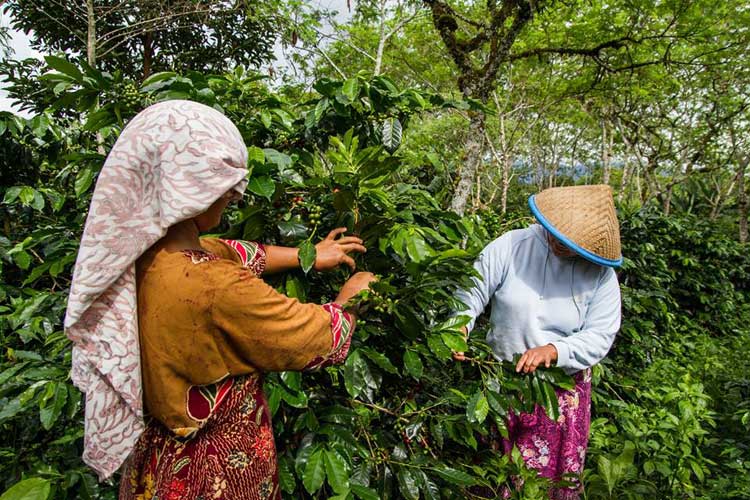
COFFEE ORIGINS
African origins are medium to full bodied with a wine-like acidity. Offering a complex taste profile, these coffees can often have notes of dried fruit and subtle, floral undertones.
Indonesian and Pacific origins are full bodied and earthy. Very smooth with low acidity, they offer a savory, nutty taste profile with notes of unsweetened cocoa.
ACIDITY
Refers to the sharpness in taste of the coffee. Acidity ranges from low to high. The more sharpness, the higher the acidity. Tasting terms such as tart, crisp and bright describe this characteristic.
BODY
The richness, or perceived “weight” on the tongue. Body ranges from light to heavy. The richer and fuller, the more heavy bodied. Tasting terms such as full, deep and stouty describe this characteristic.
HOW TO BREW GREAT COFFEE
- Purchase coffee weekly and store in an airtight container in a cool, dry location.
- Whenever possible, purchase whole bean coffee as it retains its freshness longer.
- Grind using a burr grinder, which provides uniform particle size. If your coffee tastes bitter, your grind may be too fine. If it lacks flavor, your grind may be too coarse.
- Use at least 10 grams (approx. 2 level tablespoons) of coffee per 6 ounces of water.
- Brew using water temperature of 195F – 205F. This allows for full extraction without bitterness. If your tap water is too hard (contains too high a concentration of minerals) or is salt-softened, you may want to filter it or try bottled water for brewing coffee.
- Serve immediately after brewing or transfer coffee to a thermal carafe.
- Clean your brewing equipment regularly as recommended.
COLD BREW COFFEE
The perfect way to enjoy coffee on a hot summer day!
You can use any coffee for making cold brew, or you can use our delicious Cold Brew Blend, created specifically for this purpose.
ESPRESSO
Espresso is a method of brewing coffee quickly under pressure. It is not a type of bean or a type of roast. The coffee is ground very finely and tamped into a portafilter. The result is a syrupy, bittersweet brew with a creamy foam, or crema, on top. Crema results from the oils of the coffee mixing with air as it is brewed. The classic single “shot” is one ounce.
The coffee used to make espresso beverages is most often a dark roast or blend of dark roasts. Created by roasting the beans longer and at higher temperatures, dark roasting allows for the development of the slightly carbonaceous bittersweet qualities and the caramelization of sugars that make these coffees so distinctly enjoyable. Indigo offers a single-origin coffee (our Cuban-Style Espresso) and two Espresso Blends specifically for use in preparing espresso drinks.
Espresso Tonic
Slowly pour two ounces of espresso over six ounces of tonic water on the rocks.
Voila – a sweet, frothy, effervescent drink!

